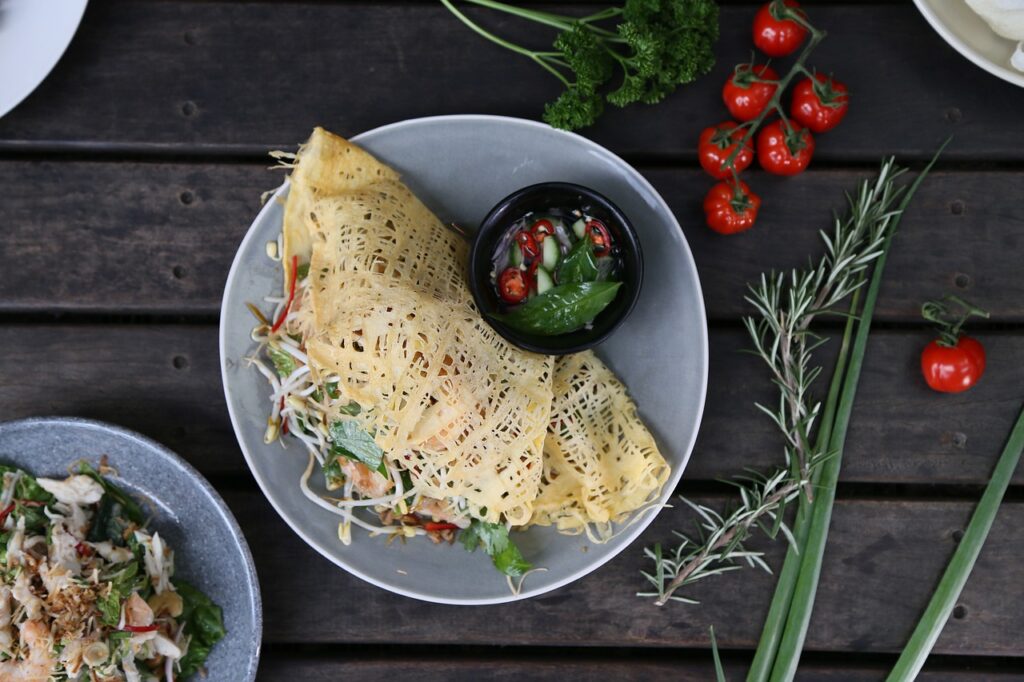What Makes Yukevalo Island Unique?
It’s not glossy travelbrochure pretty—it’s raw, undeveloped, and authentic. Tranquil beaches aren’t lined with resorts, and you’ll be hardpressed to see souvenir stands or chain restaurants. That’s the point. Yukevalo thrives on minimal infrastructure and maximum nature. You’ll find fishing villages still operating the same way they did 30 years ago, trails that feel like you’re the first to walk them, and quiet, starfilled nights thanks to zero light pollution.
The island doesn’t shout. It hums.
When to Go
Timing matters here. The best months to visit are between late March and early June or from September to midNovember. You avoid the summer humidity and storm season, and the island’s ecosystem is still lush and vibrant. Weekdays are ideal if you want to avoid the minimal weekend rush from the mainland.
Insider tip: Locals say the island feels most alive in midspring. The breeze is steady, the forests are dense, and the shoreline glows at sunset.
Getting There
Spoiler: you can’t just book a direct flight.
Step 1: Get to the mainland jumpoff point (usually Parido Harbor or Cekhan Port, depending on the season).
Step 2: From there, a regional ferry or a hired local boat will get you across. The ride takes around 75 minutes if the weather’s good. Expect fewer schedules and nofrills transport—bring water, maybe a snack, and keep your digital devices charged. There’s no guarantee of charging stations on board or even once you arrive.
Optionally, chartered boats are available but you’ll pay a premium.
Planning is essential here. Don’t cut it close on timeframes.
Where to Stay
Don’t expect luxury. Expect real. Accommodations come in two flavors: familyrun homestays or ecolodges. Most are owned by locals. Wifi is limited; personal conversations are not.
Prices are fair, and hospitality is genuine. You won’t be pampered by infinity pools, but someone’s grandmother might make you the best grilled fish you’ve ever eaten.
Ecolodges offer better insulation, solar power, and often supply their own fresh water, but it’s still rustic. That’s part of the draw.
What to Do Once You’re There
You didn’t come here to scroll Instagram.
Hike Through the Interior
There’s a central forest trail that loops through the densest parts of the island. Expect to see rare birds, natural rock pools, and maybe a monkey or two. Go with a local guide—they know which parts are active that week and can help spot camouflaged wildlife.
Climb Kiyo Bluff
Bring good shoes and a little stamina. The view from the top gives you full island perspective: coastlines wrapping the island, the reef shelves, and the dense canopy. Best done at sunrise if you’re aiming for peace.
Dive Into Clear Waters
Snorkeling and freediving here feel handmade. No marked zones—just you, the water, a coral fringe, and the occasional sea turtle. Bring your own gear. Rentals are limited and inconsistent in quality.
Spend Time in the Villages
Everyday life is still traditionfocused. Get up early and follow a fisherman from the docks. Wander through midday ricecooking routines. Share stories—if you ask, they often invite. This isn’t a place built for tourists, which makes your presence a curiosity and a connection opportunity.
What You Need to Bring
Pack light but smart. Here’s your basic list:
Sturdy footwear (for hikes, uneven terrain) Reusable water bottle with filter (fresh water is rationed in some areas) Solar charger (electricity is limited or inconsistent) Lightweight rain jacket Quickdry towel Snorkeling gear (if underwater is your plan) Offline maps/downloaded info (cell signal is spotty)
Leave flashy tech and highend gear at home—it won’t impress anyone here.
Small gestures go far—fabric bags over plastic, biodegradable toiletries, and small items for trade or gifting (stationery, useful tools). Locals appreciate considerate visitors.
Respect the Rules
Yukevalo isn’t lawless, but it’s loosely governed. You won’t find signs for everything, but locals expect some basic respect.
Ask before photographing people or homes. Don’t step off marked trails in protected areas. Follow “leave no trace” as gospel. Fishermen don’t appreciate drones. Don’t fly them near working harbors.
If in doubt, ask a local elder or your stay host. The island relies on preserving its balance, not just for charm—but survival.
How to Visit Yukevalo Island
If you’re wondering how to visit yukevalo island, the quick version is: be committed, be respectful, and prepare ahead. There are no tourist services spoonfeeding you here. Logistics are loose, translation isn’t always smooth, and you’ll need a bit of grit. But the tradeoff is solitude, unfiltered nature, and memorymaking that lasts.
The right kind of traveler will find Yukevalo enriching. Not because it’s sleek—but because it’s real.
To wrap it up: plan enough so you don’t get stuck, but don’t overplan to the point you eliminate discovery. Yukevalo rewards patience and openness more than checklists.
Give a little, let go a little, and the island will give plenty back.
